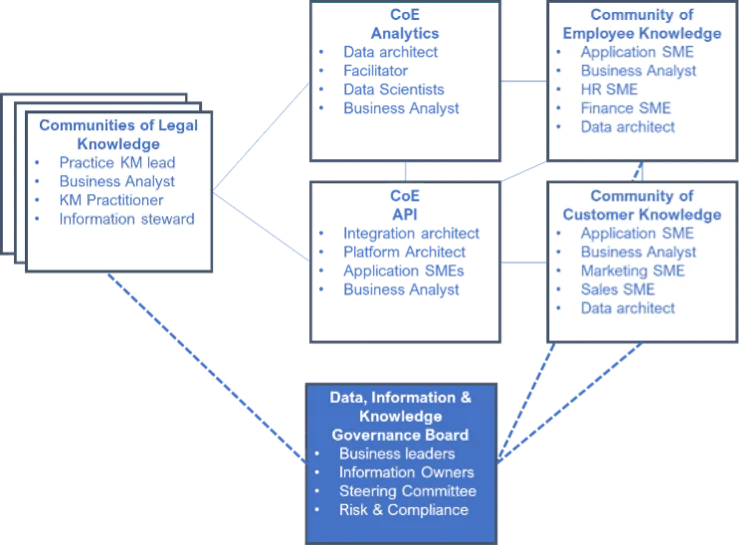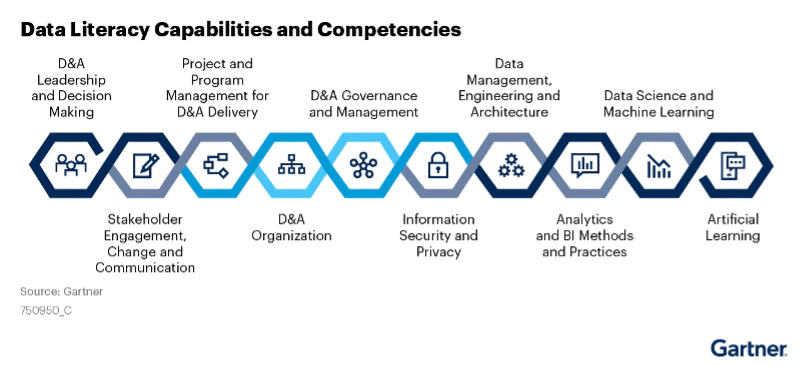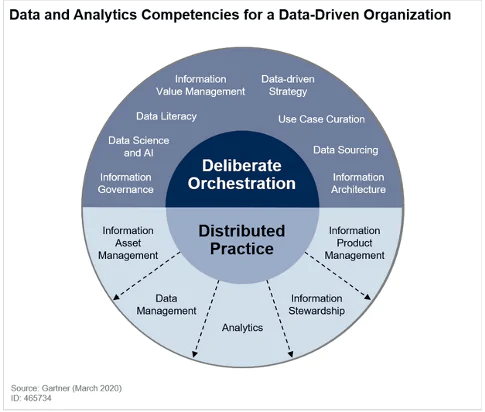There are many articles on becoming a data-driven business but turning that desire into a realistic goal stumps many organisations. As typical with any trend in IT, people generally begin with the technology and tools and think that by introducing these tools that somehow, magically by osmosis, an organisation can reap the benefits of that technology. What is overlooked, every time, is the impact of human behaviour which when directed well can make or break the successful adoption of technology and deliver tangible business outcomes. Data is no different. Working with several of our clients we have seen the strategic intent to either “use data as an asset” or “to create a data-led culture” but making this a reality has proven elusive.
So how do we become a data-driven organisation and what does this actually mean?
Rule number 1: Business value first
Is to focus on the business value of the data you have and not on the mechanics of data management, technology and tooling. Focusing on your stakeholders, their journeys and usage of data and the results that they need to help take their business forward will reap most dividends. Understanding the decision-making processes that exist is crucial – it’s not just facts and figures that aid decision making but also human interpretation and behaviours. There needs to be a clearer understanding of how employees contribute, use and share knowledge in the organisation and understanding the data touchpoints in a typical journey can start to identify how data can enhance and improve both the customer and employee experience.
Rule number 2: Build for stakeholders needs
Is making sure you can articulate the value data will provide to your stakeholders both inside and outside the organisation. Successful data and analytics leaders directly tie their initiatives to their stakeholders’ mission-critical priorities. Understanding stakeholders’ needs should form a key part of a data strategy and should ideally articulate their strategic goals of growth, cost and risk; Their contribution to the overall success; their key performance indicators (KPIs) and how your data and analytics initiative will contribute to those goals in terms of a use case.
Rule number 3: Who owns the data?
Is clear ownership of data at an exec level. Many of the most successful data driven organisations have already appointed a Chief Data Officer or equivalent and have clear rules and expectations of data ownership. They also have defined policies and procedures around data privacy, data retention and data processing and have identified data stewards responsible for data management decision making, request triage and data quality reviews. These types of roles are critical in forming a strong data foundation on which to expand and build enhanced data capabilities. People, not technology, will drive change in organisations and building a data-driven culture is no different.
Rule number 4: Culture and Communities
Is having a culture of community and collaboration and it’s imperative to focus on making that data-driven culture change sustainable. Given the federated nature and autonomy in decision making across most organisations, you should look to start small and scale efforts to build momentum and enact learning from your data initiatives. Any initiative should also try to be separated from functional areas that it should support and be managed with representatives from across domains brought together with a common goal. One approach to this is to develop shared Communities of Interest and/or Centres of Excellence. These groups should be fully accountable for their focus areas and will be expected to provide a measurement of their progress against pre-defined KPIs. Suggested groups could be:
- Data & Analytics CoE: a centre of excellence for the development analytics capabilities. Establishing trusted information sources and the delivery of central performance analytics. Fostering education through innovation and self-service capability enablement. Establishing technology standards and architecture.
- API Management CoE: a centre of excellence for the development of API management practices, tools and techniques. Focusing on business aspects of APIs such as product strategy, operating model, metrics and service definition. Additionally, looking at technology aspects such as API platforms, architecture, API lifecycle and integration.
- Community of SME Knowledge Owners: a community (or a number of communities) of knowledge owners focused on the development of knowledge pertaining to different corporate domains.
- Community of Business Service Knowledge Owners: a community of business service knowledge workers from across the business services domains focused on employee experience and customer experience. Employee experience focused on HR, Finance and IT knowledge. Customer experience focused on marketing and sales information, bid support, customer feedback and engagement knowledge.
- Data, Information & Knowledge Board: a governance forum with accountability to provide guidance, decisions and escalations for communities and CoEs focused on the use of data, the processing of information and the creation and dissemination of knowledge across the group.

Example Legal KM Community and CoE structure
How can you as an employer affect your employees’ behaviours positively to become more data focused?
One way is to build a change programme on data literacy, helping employees understand how to interpret but also act upon data. Data literacy is not just an appreciation of analytics and data but also knowing how to interpret data from a business perspective, building linkages, using standards, building communities for collaboration and measuring success. Gartner sees literacy as competencies across a whole spectrum of capabilities – focus on what will work best for your organisation’s maturity.

The skills needed to support a data-driven culture are varied and involve both hard and soft skills. Any knowledge worker or employee that touches data should have a certain level skill maturity to think about data, information and knowledge in a certain way. In distributed environments, Gartner expresses this as “distributed practice” competencies as outlined in Figure below.

Figure Gartner: KM Skills for Data-Driven Organisation
In Summary
So in summary becoming and moving towards being a data-driven business is about people and culture, not technology and should focus on the four rules:
- Processes & Experience
- Priorities & Articulation of value
- Ownership & Accountability
- Communities & Collaboration
Focusing on these and then creating learning plans to affect employee’s behaviours should provide the springboard needed to move your vision of a data driven business ever nearer. If you can affect people’s behaviours and make them interpret and think differently about data you can affect how data is captured, stored, processed and used. Data driven employees will always make the best decisions for your organisation.



